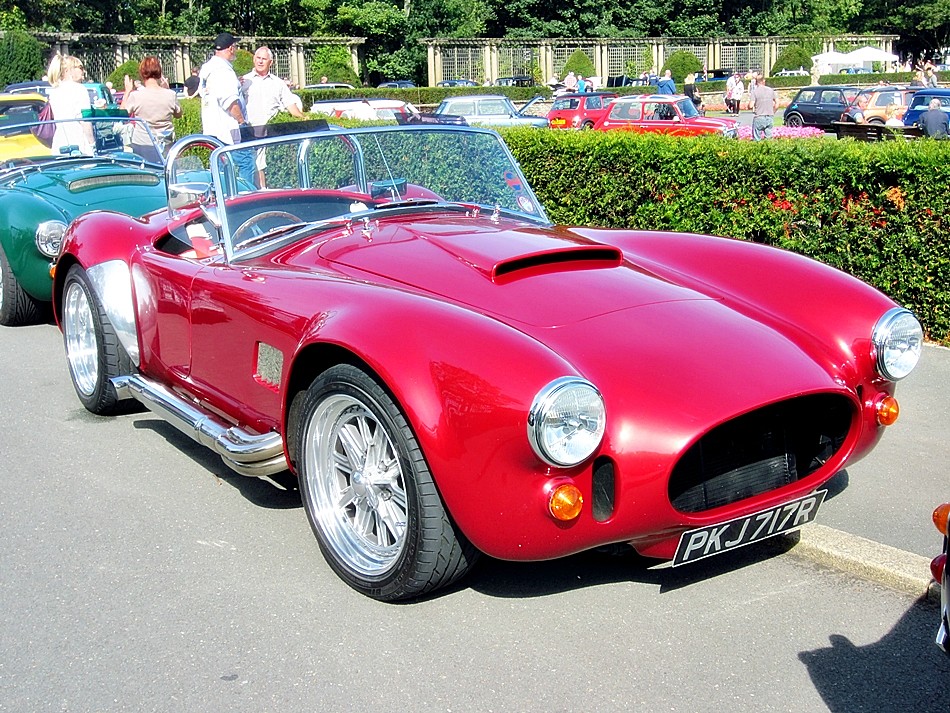
Baby Boomers have long been a pivotal force in the classic car market, fueling demand and shaping values with their deep-seated nostalgia for vehicles from the 1950s to the early 1970s. For decades, these enthusiasts meticulously built collections, preserving automotive history and reliving cherished memories through iconic models. Their passion transformed classic car ownership from a mere hobby into a significant cultural and financial pursuit across the United States.
However, a notable shift is now underway, profoundly influencing car prices and collector behaviors. As close to 76 million Baby Boomers reach retirement age and advance into their 70s and beyond, many are reassessing their long-held collections. This demographic transition is prompting a significant number of these dedicated enthusiasts to sell off some, or even all, of their beloved classic cars, leading to a dynamic and evolving landscape in the automotive collector world.
This detailed analysis explores the multifaceted reasons behind this generational divestment, drawing on expert insights and market data. From lifestyle adjustments and practical considerations to evolving financial strategies and shifting market dynamics, we uncover the core factors that are compelling Baby Boomers to transition away from their classic car collections, paving the way for a new era in automotive enthusiasm and investment.

1. **Aging and Lifestyle Changes**As Baby Boomers transition into their 70s and beyond, a natural reevaluation of lifestyle and mobility considerations often comes to the forefront. The physical demands and practicalities associated with owning and enjoying classic cars can become less appealing or even challenging. What was once a source of joy and freedom in younger years may now present obstacles that necessitate a change in priorities.
The sheer act of driving a vintage vehicle, which often lacks modern comforts and driver-assist technologies, can be more strenuous than piloting a contemporary car. Maneuvering heavy steering, managing manual transmissions, and navigating without power brakes can become taxing, particularly for individuals experiencing natural age-related changes in mobility or reflexes. This prompts many to consider whether the effort outweighs the enjoyment.
Beyond driving, the overall lifestyle changes that accompany retirement can also play a significant role. With more time for travel, family, or new hobbies, the demands of maintaining a classic car collection might conflict with these emerging priorities. The desire for simplicity and reduced responsibilities often takes precedence over the commitment required to preserve a fleet of vintage automobiles. This leads to a thoughtful reassessment of how a collection fits into their evolving life phase.
Read more about: Fuel Your Passion: The 12 Must-Read Automotive History Books Every Car Enthusiast Needs on Their Shelf

2. **The Burdens of Maintenance**One of the most compelling reasons for Baby Boomers to downsize their classic car collections stems from the inherent maintenance demands and driving challenges associated with older vehicles. Unlike modern cars that largely operate with minimal fuss, vintage automobiles require constant attention, specialized care, and a considerable investment of both time and money to keep them in pristine condition and roadworthy.
The complexity of maintaining these older machines is significant. Finding qualified mechanics with expertise in specific classic marques and models can be difficult, and their services often come at a premium. Furthermore, sourcing original or period-correct parts can be a daunting task, frequently involving extensive searches, long waits, and substantial costs, particularly for limited-production or historically significant vehicles.
Indeed, “maintenance costs remain persistently high,” with specialist labor and rare parts often required to preserve or restore vehicles, which can “erod[e] net returns” on an investment. These ongoing expenses, combined with the time commitment for regular upkeep, storage, and occasional repairs, can become an increasing burden. For many Baby Boomers, the enjoyment derived from ownership begins to be overshadowed by the practical and financial obligations involved.
Read more about: Drivers, Beware: 6 High-Risk Used Cars You Must Think Twice About Before Buying in 2025
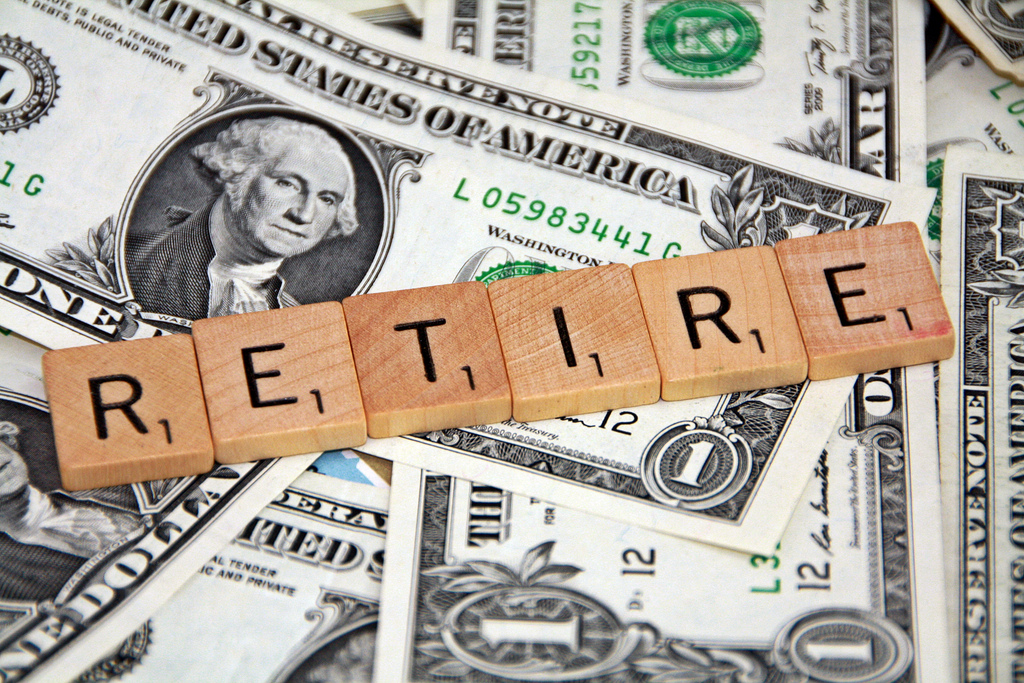
3. **Unlocking Retirement Income**A primary financial driver for Baby Boomers selling their classic cars is the need or desire to generate retirement income. As this generation transitions away from full-time employment, their financial landscapes often shift, necessitating different strategies for wealth management and liquidity. For many, a meticulously assembled classic car collection represents a substantial asset that can be converted into tangible funds.
According to Brook McGuire, strategy lead for specialty products at Safeco, “A lot of baby boomers are leaving the market and cashing in on their collections for retirement income or just to do something else with their money.” This expert observation highlights a practical and strategic move. The cars, once symbols of passion and nostalgia, become a means to secure financial stability, fund retirement plans, or manage unexpected expenses that often arise in later life.
The perceived value of their collection, built over years of careful acquisition and maintenance, can offer a welcome boost to retirement savings. While some may hope their cars are “worth three times more than anybody else’s car,” the reality is that leveraging these assets can provide crucial liquidity. This financial flexibility allows Baby Boomers to enjoy their retirement years with greater peace of mind, supporting their lifestyle choices and securing their future.
Read more about: Navigating Financial Complexity: Essential Knowledge for Independent Truck Drivers to Guard Against Scams
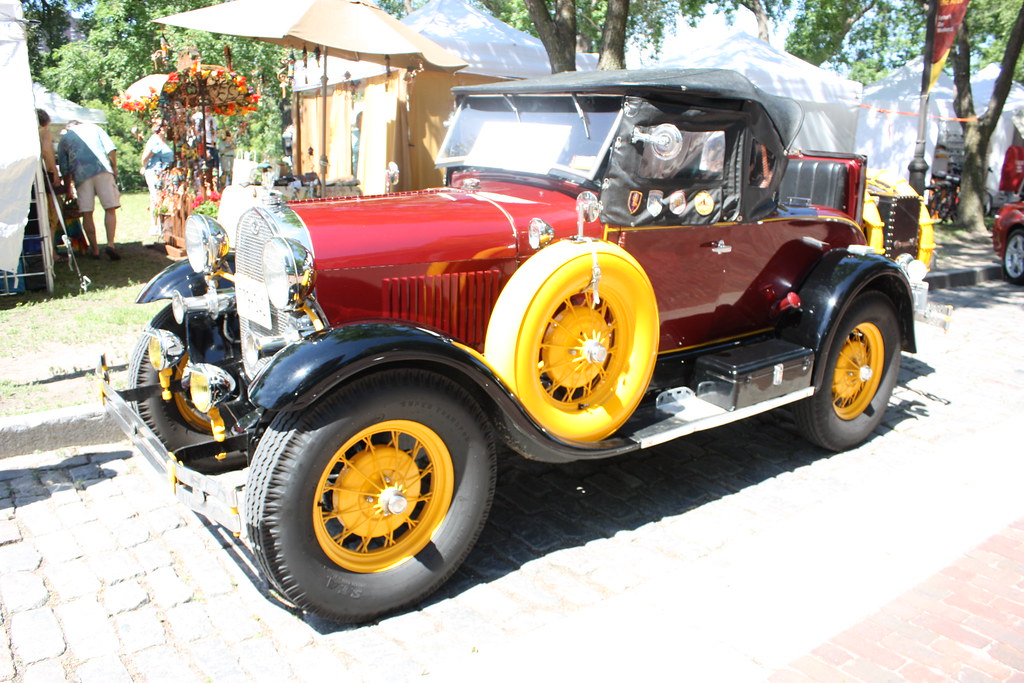
4. **Shifting Financial Priorities**Beyond the direct need for retirement income, many Baby Boomers are also re-evaluating their broader financial priorities, leading them to divest from classic car collections to pursue alternative investments or new life experiences. The quote from Brook McGuire, mentioning Baby Boomers cashing in their collections “or just to do something else with their money,” underscores this broader reallocation of wealth. Their financial landscape is evolving, and with it, their investment strategies.
This shift can involve diversifying their investment portfolios away from tangible assets like classic cars, which can be illiquid and subject to specific market volatilities, towards more traditional financial instruments. Alternatively, the capital unlocked from selling these vehicles can be directed towards other passions that align better with their current life stage, such as extensive travel, supporting family, or investing in new ventures that promise different kinds of returns—be they financial or experiential.
For a generation that has dedicated significant resources to accumulating these collections, the decision to sell often reflects a conscious move towards optimizing their assets for a future that prioritizes flexibility and new opportunities. It’s a strategic pivot where the value stored in a garage can be transformed into capital for new chapters, enabling a retirement filled with different forms of enrichment and security.
Read more about: Shelved But Recalled: 10 Mid-Engined American Concepts That Pushed Performance Boundaries
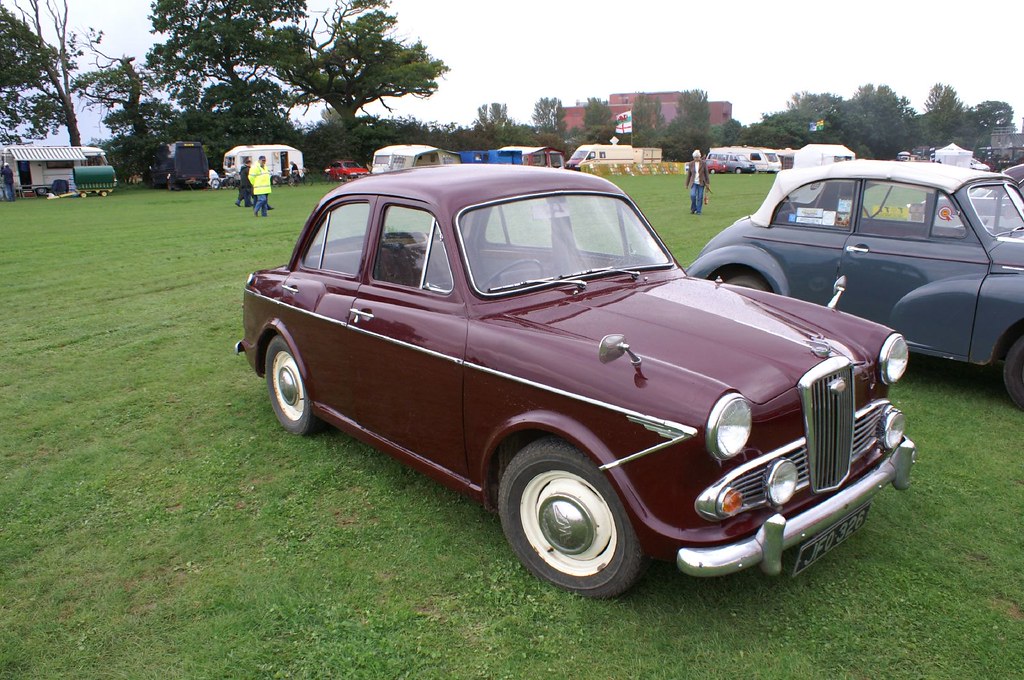
5. **Market Oversupply and Price Adjustments**A significant factor influencing Baby Boomers’ decision to sell is the emergent market dynamic of increased supply and subsequent price adjustments. As more collectors from this generation begin to liquidate their holdings, the sheer volume of classic cars entering the market can create an imbalance between supply and demand, particularly for common models. This influx can depress prices for certain segments, making it a less opportune time for sellers but a necessary one for those committed to divestment.
Brook McGuire articulates this perfectly: “But the valuation for some vehicles is coming down and this is largely based on the baby boomer-era collectors who are selling off some or all of their collection. Suddenly there is a lot of supply in the market and that’s driving prices down for a lot of vehicles that, frankly, have probably been a little overvalued.” This candid assessment highlights a crucial economic reality impacting the market.
While rare and historically significant models with documented history and provenance continue to command high prices, the same cannot be said for all classic vehicles. More common classics from the Baby Boomer era are experiencing a plateau or even a decline in value. This trend, confirmed by experts like Paul Morrisette, senior vice president at Chubb, indicates that the broad market is undergoing a “transitional period” where not all investments will yield the expected returns, prompting some owners to sell before values further erode.
Read more about: Unpacking the U-Turn: 14 Key Reasons EV Owners Are Considering a Switch Back to Internal Combustion
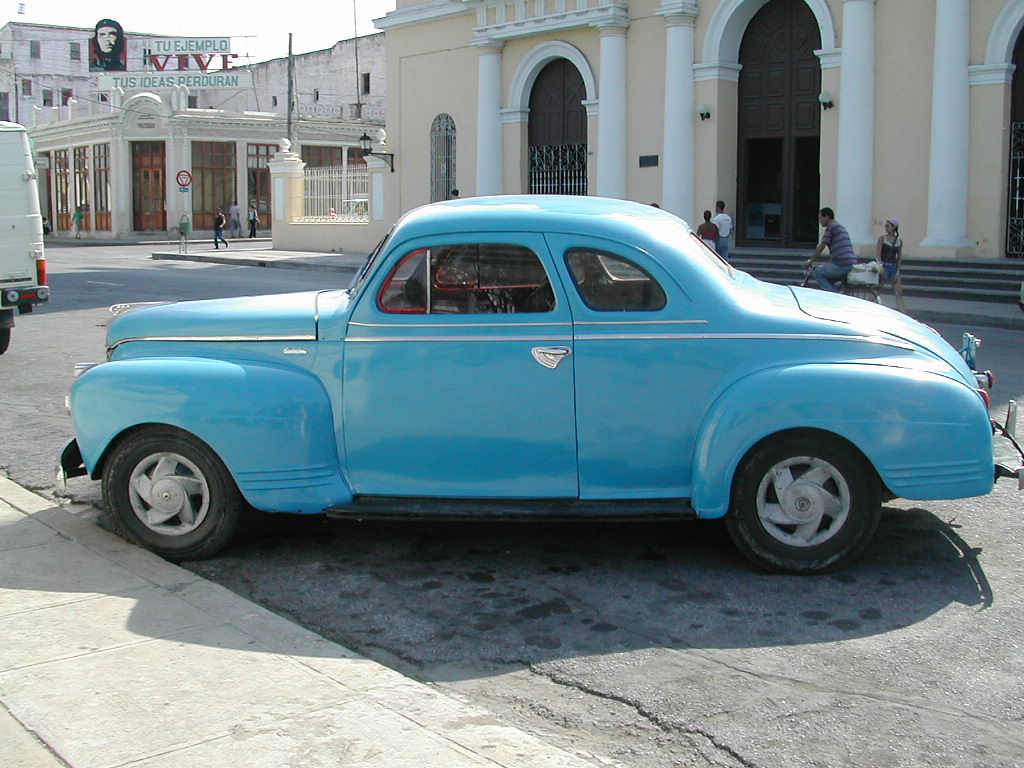
6. **The Evolving Definition of “Classic”**The very definition of what constitutes a “classic car” is undergoing a significant generational shift, which indirectly but powerfully influences Baby Boomers’ decisions to sell. Jack Butcher, senior vice president at Hagerty, observes that “what people collect and what they actually value is shifting.” This evolving perception directly impacts the demand for the types of vehicles Baby Boomers typically collected.
Younger generations, specifically Generation X and millennials, entering the collector’s market are not necessarily seeking the iconic models that defined the Baby Boomer era, such as a ’32 Packard classic or a ’57 Bel Air. Their nostalgia is tied to different vehicles—cars they grew up with or have special memories around. This divergence in taste means that demand for older, traditionally defined classics is waning among the incoming buyer pool.
Consequently, as the demographics of classic car owners shifts, the market is adapting. New valuations and premium rates are being developed for what are now considered “new collector cars.” This dynamic means that while Baby Boomers’ prized possessions were once highly sought after, the current market is increasingly favoring vehicles from the late 1980s through the early 2000s, leaving older classics with a contracting buyer base and, in some cases, falling values. This fundamental shift encourages Baby Boomers to sell their older classics, recognizing that their appeal to future collectors is diminishing.
Read more about: Critics Missed the Mark: 14 Successful Films That Defied Initial Scorn
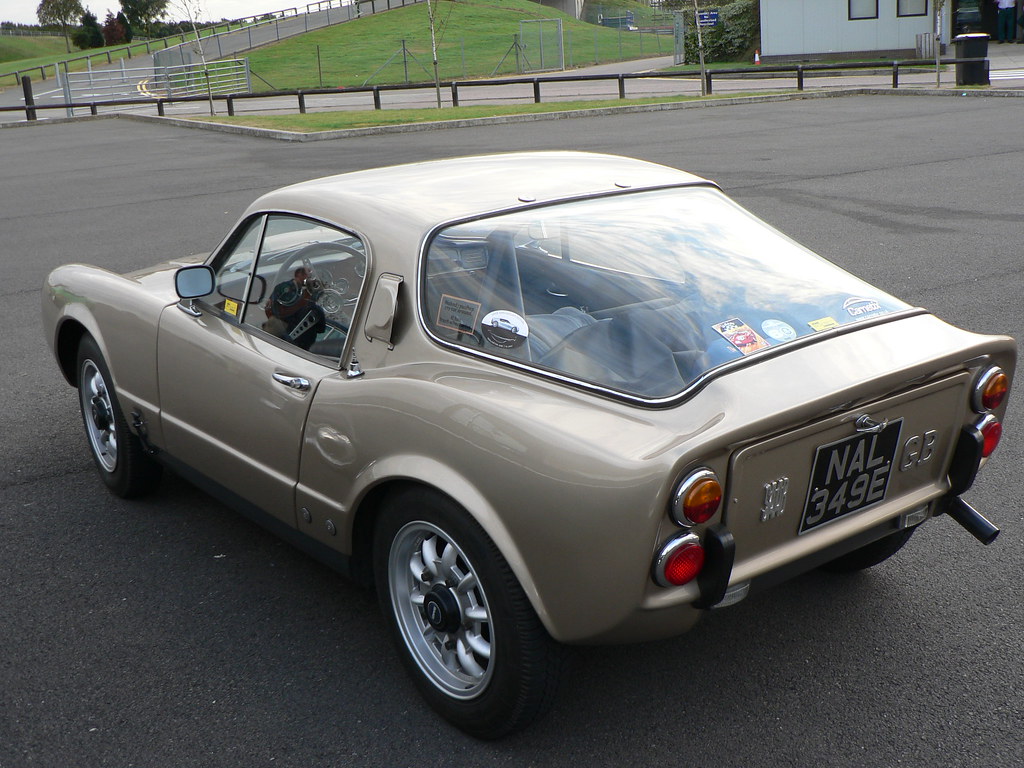
7. **The Rise of Modern Classics**As Baby Boomers consider divesting from their collections, a new segment of the classic car market, often referred to as ‘modern classics’ or ‘young timers,’ is rapidly gaining prominence. These vehicles, typically from the 1980s and 1990s, are increasingly capturing the attention of younger generations, specifically Generation X and millennials, who are now entering the collector’s market with significant purchasing power. This shift highlights a fundamental change in what collectors deem valuable.
These modern classics offer a compelling blend of nostalgic appeal with more contemporary drivability and a degree of reliability that older vintage cars often lack. Models like the Porsche 911 (964), Jaguar XJ220, and Honda NSX are experiencing heightened demand. The context indicates examples such as the Ferrari 360 Modena and Porsche 911 (996) have seen increased interest and rising auction prices, underscoring their growing recognition as collectible assets.
This evolving perception means that ‘new valuations and premium rates are being developed for the new collector cars,’ according to market experts. The traditional definition of a classic car is expanding beyond pre-1970s models to include vehicles that defined the youth of incoming collectors. This dynamic is evidenced by remarkable sales, such as a late 2000 Honda Civic, which at retail might go for the high $20,000s, recently selling to a collector for over $50,000.
Other sought-after modern classics mentioned in the context include SUVs like Jeep Cherokees, Toyota FJ Cruisers, Broncos, and older Blazer Silverados. Enthusiasts are also keen on Japanese performance cars such as the Toyota Supra, Mitsubishi 3000 GT, Mazda Miata, and Honda S2000, all of which are gaining popularity and value. This broadening of collector tastes signifies a vibrant, though altered, future for the classic car market.
Read more about: Beyond Repair? These 13 Stellar Performances Couldn’t Quite Rescue Their Movies
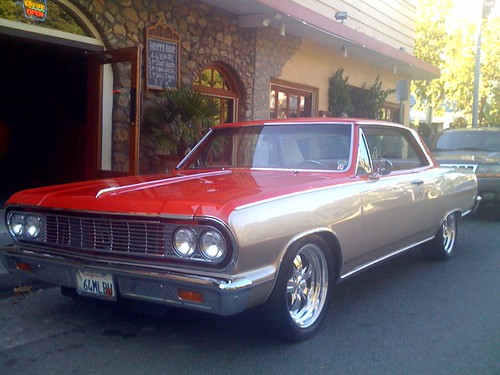
8. **Transitional Valuations and Shifting Market Dynamics**The classic car market is currently navigating a ‘transitional period,’ a sentiment echoed by Paul Morrisette, senior vice president at Chubb. This transition is marked by a dynamic interplay of supply and demand, particularly as Baby Boomer collectors adjust their holdings. The influx of vehicles onto the market can lead to price adjustments, affecting the overall valuation landscape.
While certain segments continue to demonstrate robust performance, not all classic car values are appreciating uniformly. The market performance in the collector car segment is increasingly shaped by shifting demographic trends and evolving preferences. Limited production models with documented history and provenance, such as the 1938 Alfa Romeo 8C 2900B Lungo Spider which sold for $14,030,000 at a recent auction, continue to command exceptionally high prices, underscoring sustained demand for truly exceptional vehicles.
However, for more common classics from the Baby Boomer era, the market is experiencing a plateau or even a decline in value. This trend is influenced by factors such as ‘softened post-pandemic prices and regulatory pressures favoring combustion-engine models,’ as well as the sheer volume of cars entering the market from Baby Boomer divestment. These market adjustments create both volatility and, potentially, entry-level buying opportunities for new collectors.
The overall picture is one of selective appreciation, where investment potential is increasingly tied to meticulous research and understanding of specific market niches. It suggests that while the market is vibrant, it requires a nuanced approach, acknowledging that certain types of vehicles are performing differently from others during this transitional phase.
Read more about: Beyond the Malaise: 15 Rare American Cars from the 1970s That Defied Expectations
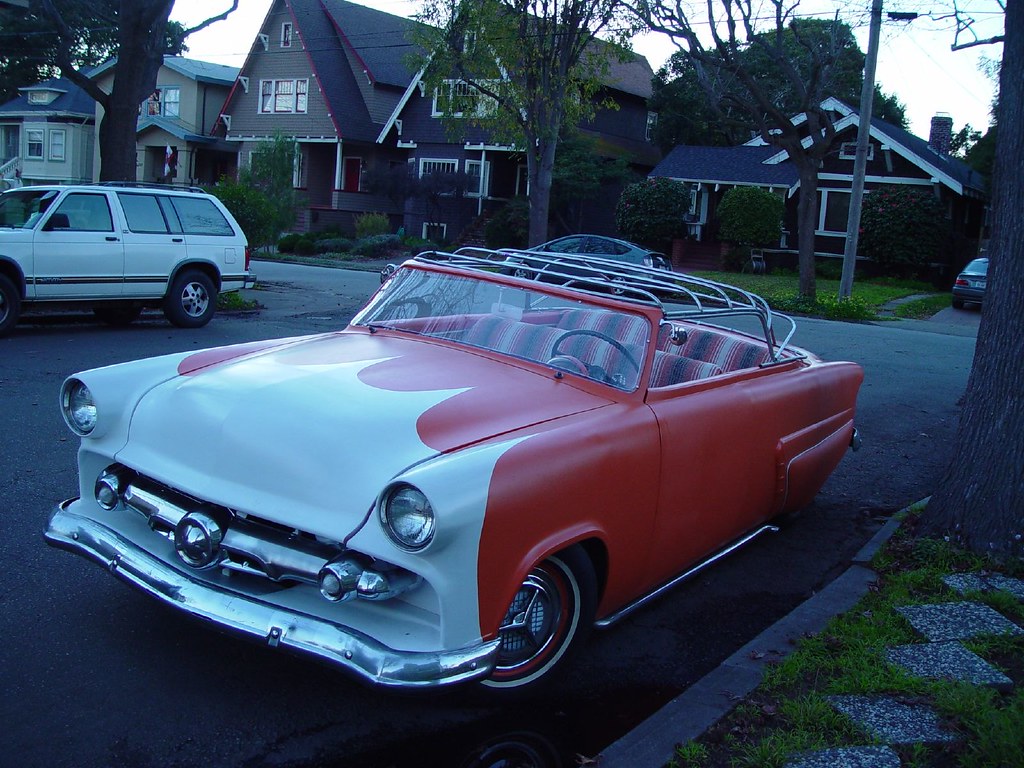
9. **Evolving Collector Interests and Demographics**A profound shift in collector interests is underway, driven by changing demographics within the buyer pool. As younger buyers, specifically Millennials and Generation X, increase their purchasing power and market participation, their automotive preferences are significantly reshaping demand. The context notes that ‘Millennials and Gen Z gravitate toward Radwood-era and Japanese classics,’ starkly ‘diverging from Baby Boomers’ preference for muscle cars and pre-1970s models.’
This generational shift means that ‘what people collect and what they actually value is shifting,’ as observed by Jack Butcher, senior vice president at Hagerty. Younger collectors are drawn to vehicles they grew up with or have special memories around, which often translates to cars from the late 1980s through the early 2000s. This includes popular models like the Toyota Supra, Mitsubishi 3000 GT, Mazda Miata, and Honda S2000, which are actively ‘gaining in popularity and gaining value.’
Consequently, the demand for older, traditionally defined classics, such as a ’32 Packard or a ’57 Bel Air, is waning among the incoming buyer pool. This divergence creates a dual market: one where traditional classics face a contracting buyer base, and another where ‘modern-day collector cars and trucks,’ including newer Camaros, Corvettes, Mustangs, Challengers, and even SUVs like Jeep Cherokees and Broncos, are becoming the ‘future of the hobby.’ This dynamic underscores a fundamental evolution in what is considered collectible and desirable.
Read more about: The Shifting Sands of Steel: Exploring Why Gen Z’s Classic Car Passions Diverge from Boomer Mainstays
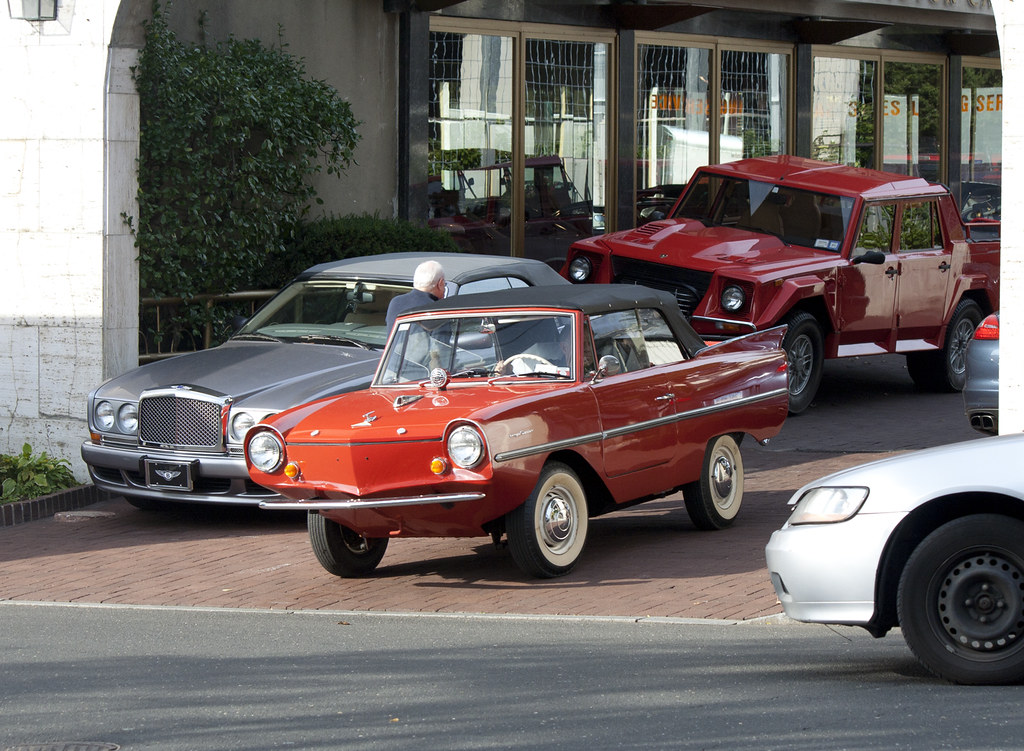
10. **The Drive for Experiential Ownership**Beyond shifting preferences for specific models, the very nature of classic car ownership is transforming, moving towards a more experiential model. While Baby Boomers often prized their collections for preservation, keeping cars in garages under covers and driving them on sunny Sunday afternoons, the ‘new generation of collectors are opting more for experiences with their cars,’ as highlighted by Jack Butcher of Hagerty. This signals a cultural shift from static collection to active engagement.
This emerging trend involves collectors actively seeking opportunities to utilize their vehicles in dynamic ways. Such experiences include participating in ‘tours, even international tours,’ that allow them to journey with their prized possessions and connect with fellow enthusiasts. It’s about leveraging the vehicle for adventure and shared camaraderie, rather than solely for display or investment.
Furthermore, the context points to a growing interest in ‘amateur motorsports where they’re getting track time with their car.’ This indicates a desire to push the performance limits of their vehicles in a controlled environment, embracing the thrill of driving. It contrasts with the often more gentle, leisurely approach of previous generations, reflecting a more hands-on and performance-oriented engagement.
This shift extends to new social structures as well, with some collectors ‘becoming members of automotive country clubs that are beginning to pop up around the country.’ These clubs offer dedicated facilities, tracks, and social events, fostering a community built around active car enjoyment. The focus is increasingly on using and sharing the cars, making the hobby less about solitary ownership and more about collective experience and participation.
Read more about: Transitioning from the Pros: 13 High-Impact Side Gigs for Former Athletes to Achieve 6-Figure Success Post-Retirement
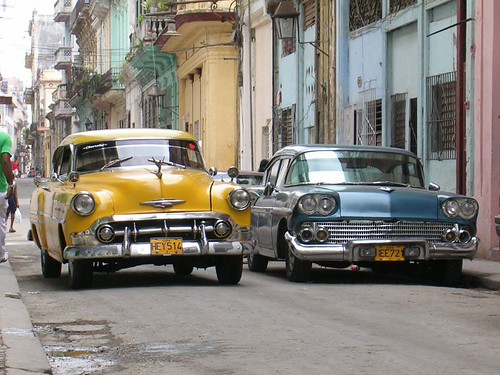
11. **Risks and Strategies for Classic Car Investment**For those considering classic cars as an investment, the market presents a ‘unique set of risks uncommon in traditional asset classes,’ as experts warn. One significant challenge is market volatility; classic car values are highly sensitive to buyer sentiment, broader economic shifts, and the continuously evolving preferences of collectors. Unlike more liquid assets, classic cars can be difficult to sell quickly without accepting potential discounts.
A major practical concern involves ‘persistently high’ maintenance costs. Specialists are often required for labor, and sourcing rare, period-correct parts can be both difficult and expensive, potentially ‘eroding net returns’ over time. Furthermore, the authenticity and condition of a vehicle are paramount. Investors face substantial challenges verifying provenance and ensuring non-original components or incomplete documentation do not drastically reduce resale value, making due diligence critical.
To navigate these complexities and maximize returns, experts advise a disciplined approach focused on rigorous market analysis and careful asset selection. Investment strategies should prioritize vehicles with ‘historical significance, originality, or limited production,’ as these characteristics consistently correlate with stronger appreciation rates. Analytical valuation methods, which include tracking auction results and consulting marque specialists, are essential for identifying undervalued opportunities within sought-after segments.
Maintaining the vehicle’s condition is also paramount, as cars with matching numbers and factory specifications generally command price premiums and help minimize restoration costs. Diversification across different periods, brands, and geographies can help mitigate volatility, balancing ‘blue-chip’ classics with emerging icons for a more stable portfolio. Cost management is equally crucial, with annual budgeting of 15–20% of the acquisition value for storage, insurance, and maintenance in preferred climate-controlled facilities.
Finally, effective exit strategies are vital. This involves timing sales to align with favorable market cycles, leveraging digital platforms for broader reach, and consigning high-value assets to reputable auction houses to ensure maximum liquidity and optimal price realization. While classic cars can diversify an investment portfolio, success hinges on informed decisions, ongoing commitment, and a keen understanding of the market’s specific risks and rewards.
Read more about: Navigating Financial Complexity: Essential Knowledge for Independent Truck Drivers to Guard Against Scams
The classic car market is undoubtedly in a transformative phase, moving beyond its traditional boundaries. As Baby Boomers strategically reshape their cherished collections, they are not merely influencing current market dynamics but are actively paving the way for a new generation of enthusiasts with distinct preferences, fresh interests, and innovative modes of engagement. While inherent challenges like market volatility, substantial maintenance costs, and authentication complexities persist, the enduring passion for automotive heritage continues to vigorously drive this captivating world, albeit now with new rules and a burgeoning constellation of new stars on the horizon. The road ahead for classic cars is certainly an interesting one, promising both significant opportunities and profound shifts for collectors, whether they are seasoned veterans or enthusiastic newcomers.



